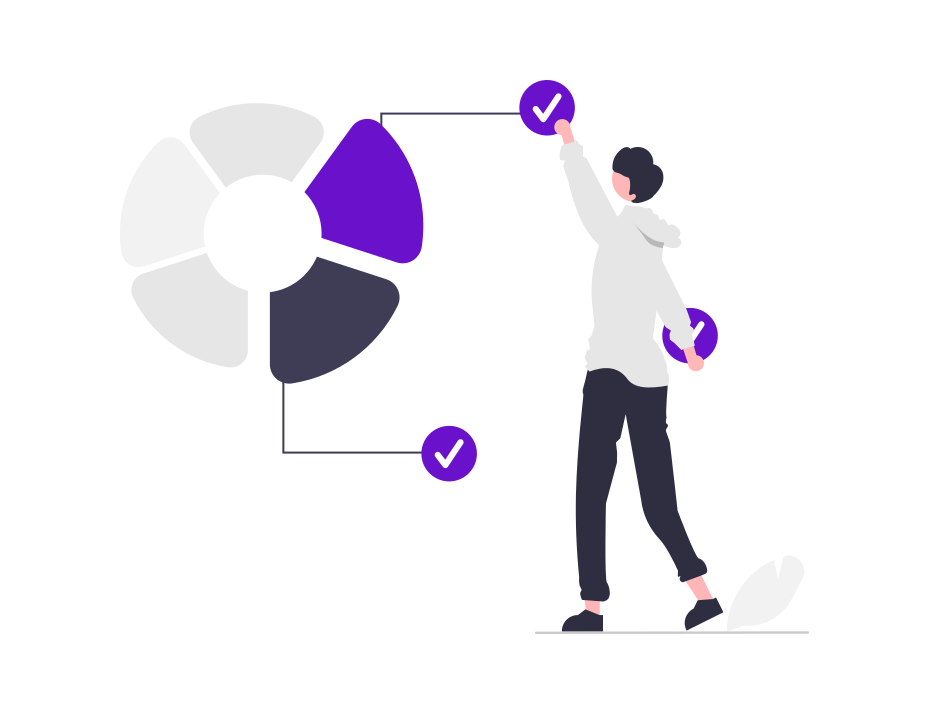Behavioral segmentation has become an essential strategy in industrial marketing. By focusing on the actions and behaviors of potential customers, businesses can create highly targeted marketing campaigns that resonate more deeply with their audience. This blog delves into the core techniques and benefits of behavioral segmentation in industrial markets, providing you with the insights needed to optimize your marketing efforts.
The Essence of Behavioral Segmentation
Behavioral segmentation involves categorizing customers based on their interactions and engagement with your brand. Unlike traditional segmentation methods that rely on demographic or firmographic data, behavioral segmentation provides a more dynamic and real-time understanding of your audience. This approach allows for the creation of highly personalized marketing messages that can significantly improve engagement and conversion rates.
Key Techniques for Behavioral Segmentation
1. Tracking Engagement Metrics:
- Website Analytics:
- Utilize tools like Google Analytics to monitor how visitors interact with your website. Key metrics include page views, time on site, and bounce rates.
- Content Interaction:
- Analyze which pieces of content (blogs, whitepapers, videos) are most popular among different segments. Track downloads, shares, and comments to gauge interest levels.
2. Customer Journey Mapping:
- Touchpoint Analysis:
- Map out the various touchpoints a customer interacts with during their journey. This includes initial website visits, email interactions, and social media engagements.
- Behavior Patterns:
- Identify patterns in how different segments move through the customer journey. This helps in understanding which behaviors lead to conversions.
3. Purchase Behavior Analysis:
- Transaction History:
- Examine past purchase behavior to identify trends and preferences. This includes frequency of purchases, average order value, and product categories.
- Cart Abandonment:
- Analyze instances of cart abandonment to understand barriers to purchase and develop strategies to address them.
4. Behavioral Surveys and Feedback:
- Customer Feedback:
- Collect feedback through surveys and direct interactions to gain insights into customer preferences and pain points.
- Behavioral Surveys:
- Design surveys that focus on specific behaviors and motivations to refine your segmentation criteria.
Benefits of Behavioral Segmentation
1. Enhanced Personalization:
- Tailored Messaging:
- Create highly personalized marketing messages that resonate with each segment’s unique needs and behaviors.
- Dynamic Content:
- Use behavioral data to serve dynamic content that adapts to the user's behavior in real-time.
2. Improved Customer Engagement:
- Relevant Interactions:
- Engage customers with relevant content and offers, leading to higher engagement rates.
- Timely Outreach:
- Use behavioral triggers to initiate timely outreach, such as follow-up emails after specific interactions.
3. Increased Conversion Rates:
- Optimized Campaigns:
- Develop marketing campaigns that are closely aligned with customer behavior, resulting in higher conversion rates.
- Behavior-Driven Offers:
- Create offers and promotions based on observed behaviors, increasing the likelihood of purchase.
4. Efficient Resource Allocation:
- Targeted Efforts:
- Focus marketing resources on segments that show the highest potential for conversion, optimizing spend and effort.
- Reduced Waste:
- Minimize marketing waste by avoiding broad, untargeted campaigns.
Implementing Behavioral Segmentation in Your Strategy
1. Integration of Tools:
- Ensure that your marketing and analytics tools are integrated to capture and analyze behavioral data effectively.
2. Continuous Monitoring and Adjustment:
- Regularly review behavioral data to identify new trends and adjust your segmentation strategy accordingly.
3. Collaboration Between Teams:
- Encourage collaboration between marketing, sales, and customer service teams to ensure a unified approach to customer engagement based on behavioral insights.
Conclusion
Behavioral segmentation is a powerful tool for industrial marketers, enabling more precise targeting and improved marketing performance. By focusing on customer behaviors and interactions, businesses can create personalized and engaging marketing campaigns that drive better results. Embrace behavioral segmentation to enhance your marketing strategy and achieve greater success in the industrial market.


